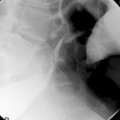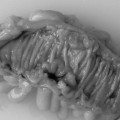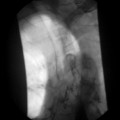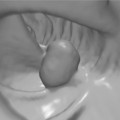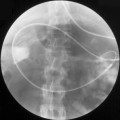CHAPTER 6 Investigation of salivary gland disease
Introduction
This pathology division is reflected in the radiological techniques employed when imaging patients with salivary gland disease. For those patients presenting with inflammatory disease, plain film radiography, either alone or in combination with contrast studies and/or ultrasonography, often comprises ‘first-line’ imaging. These techniques provide the high resolution images with which to detail the presence of salivary calculi and allow the clinician to document accurately any significant changes within the ductal architecture of the gland. For those patients in whom a mass lesion is suspected then computed tomography (CT) and magnetic resonance imaging (MRI) are the imaging modalities of choice.
Sialography
Indications
Complementary and competing investigations
Ultrasonography
Newer ultrasound equipment exhibits high spatial resolution. This factor, combined with the relative superficial anatomical position of the salivary gland tissue relative to the ultrasound probe, allows the operator to obtain high definition images. Similarly, the superficial topography of the salivary gland tissue also permits fine-needle aspiration biopsy and core biopsy techniques to be performed with relative ease for both the patient and the operator (Bialek et al., 2006).














